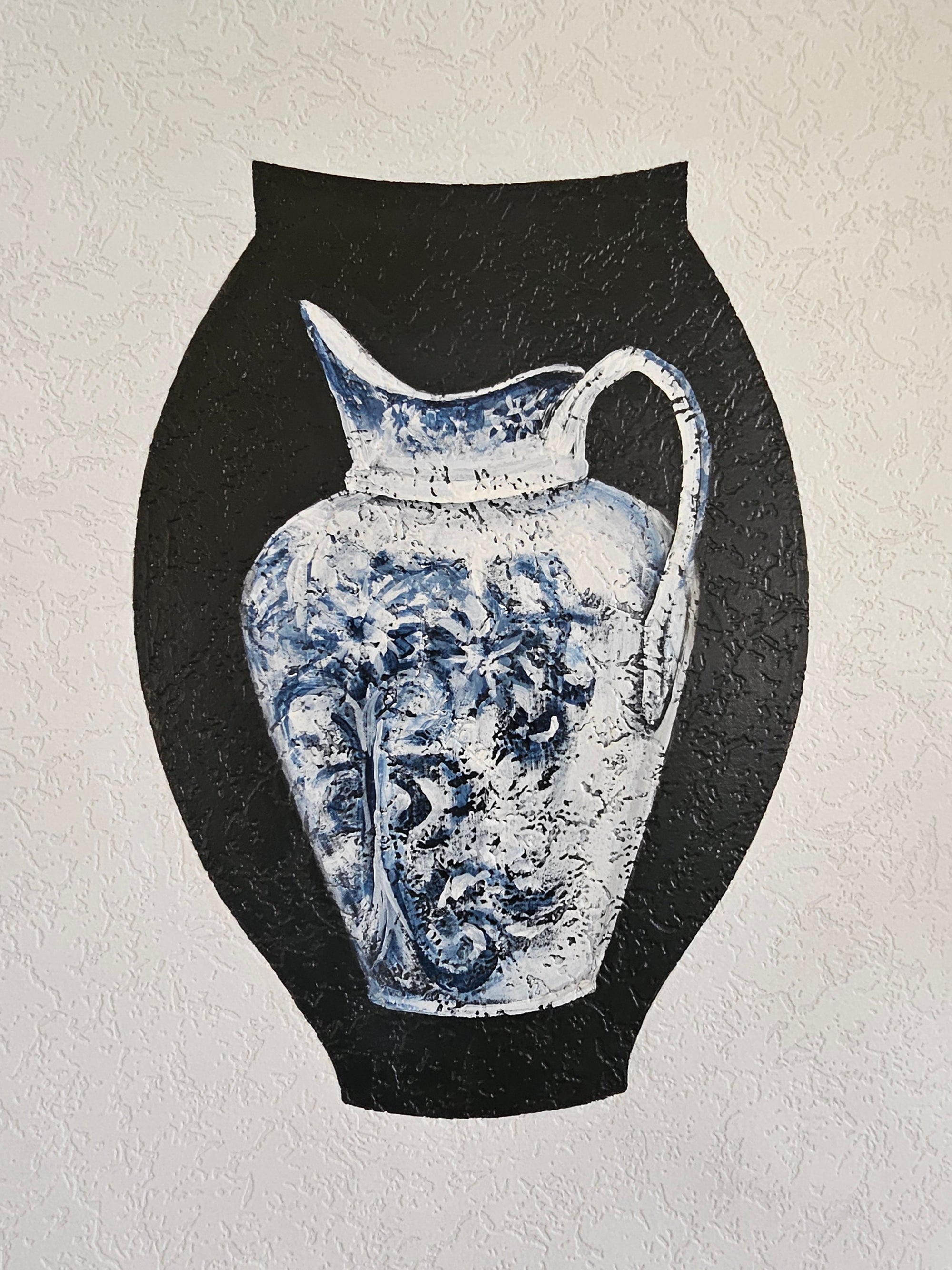The majesty and mystery of nature draws us to explore mountains, rivers and beaches. Or could it be nature’s capacity to heal us and make us whole that we venture to places of wilderness? Rooting ourselves in our landscape is a way of affirming our own humanity and, as these artworks suggest, it can inspire our deepest sense of hope, connection, and community.


Contemporary landscape artists, Alexandra Howe and Barbara Robinson share their own journeys from Lake Tekapo and Canterbury to Waiheke. Finding their spiritual home and places of refuge. Both explore the psychological and spiritual places of the sensory South Island.
The paintings of artist Alexandra Howe resonate strongly with her emotional response to the New Zealand environment. Howe’s interest lies primarily in the challenges that arise when attempting to express an emotional content in painterly form. All her pieces possess atmospheric qualities which reference the prevalent weather conditions and resultant light effects over the landscape - approaching storms and moody skies signalling changeability.
She is a master at balancing detail with insinuation, putting in enough detail to transport you to what feels like a specific time and place, and yet leaving enough out to draw you into visual collaboration with her. She masters this illusionary effect of the paint that creates a convincing, almost tangible dimension - the muffling stillness of the air, the soft feel of slushing snow, the crisp smell of twilight.
The result, in Howe’s work, is a very personal and intimate relationship to the natural world. “My work, for me, reaffirms how much I love this landscape, the subtle power of a vast land.” Alex wants to bring you to the place where she stood. Whether at the foot of a glacier or the mouth of the river, paintings that bring a majestic vibe into the midst of everyday life, a moment of awe.
Living high on the hill overlooking the Christchurch and surrounding hills gave Barbara Robinson a panoramic view of the earthquake devastation to the beloved city and environs. What had provided rich inspiration then wrought sadness and so a sea change was sought.
Waiheke Island now provides a whole new rich environment for her practice. After the earthquakes, she revisited an idea, she had many years ago, of upcycling her Father’s landscape oil paintings on boards. Gordon Pettigrew, was a prolific artist between 1972-1988. After his death 20 years ago, he left a huge collection of unfinished work, which begged to be seen again, albeit in a more contemporary layout, with colour and textural alterations.
Using a combination of his works, a fresh layer of oil paint is applied, sanded back, cut, arranged and assembled, bringing new life to his brush strokes and palette knife marks. Each work evokes a sense of a landscape, without describing the exact location, leaving the viewer to draw their own response.
'Our Journeys’ pushes proprietary boundaries and questions ownership, whether it is land or possessions. This unique collaboration with her deceased Father’s oil on board work, has layers of history, earthquake symbolism and travelling from Canterbury to Waiheke. In short, a palimpsest of memories of plein air painting with her Dad and the debates they shared about ‘modern art’.
Broadly coloured with a textural quality, this technique appears to mimic the geological strata which construct the earth. The top bands contain the abstraction of the sky, created from the thin veils of pale blue masked with successive layers of dragged and dabbed paint. The middle band contains the land infused with a rich warmth of light, this is a nameless landscape in the middle of a barren land, of no specific time.
Many artists work en plein air, of course, but Barbara’s particularly physical approach to her landscape painting offers insight into the very visceral, bodily nature of creativity. She goes to elaborate lengths to bring his canvasses, paints, and sketching supplies into the natural environment in order to feel and experience herself in the landscape.
Here you will find in a unique collection of works that have a rugged immediacy, layers of history and texture like early roman tablets. Palimpsest is the name given to scratching, scraping and the patina associated with time and handling and it is the process honoured in her work.
Visit Our Journeys to experience the captured timeless moments of perfect tranquility our New Zealand landscape offers.
June 2018


